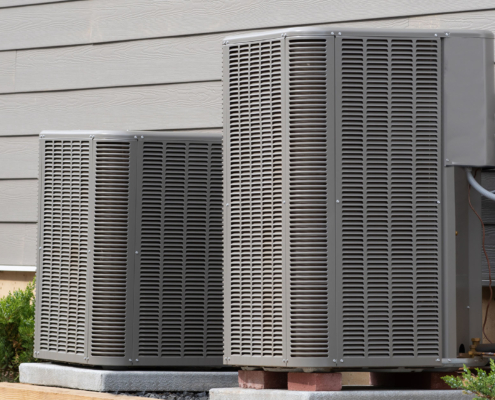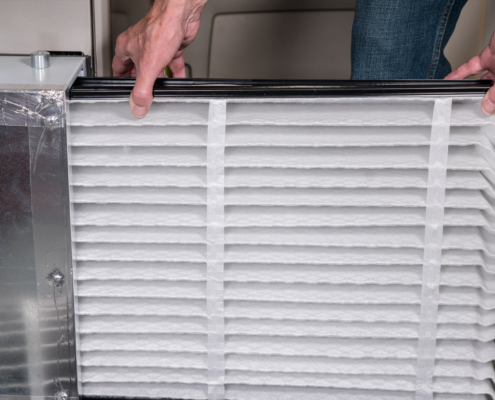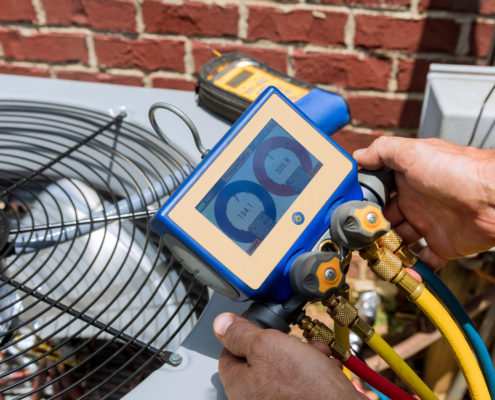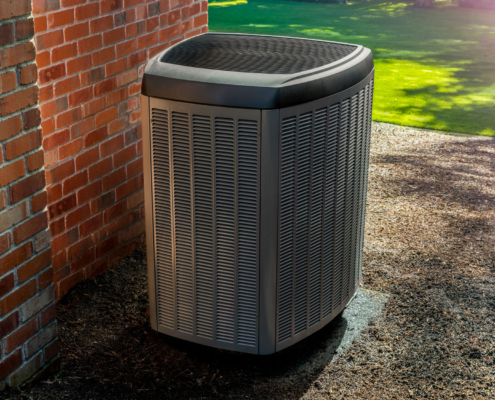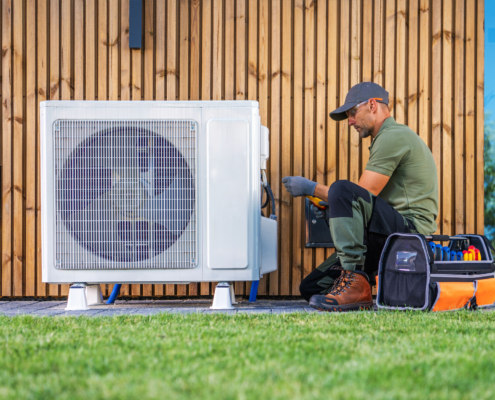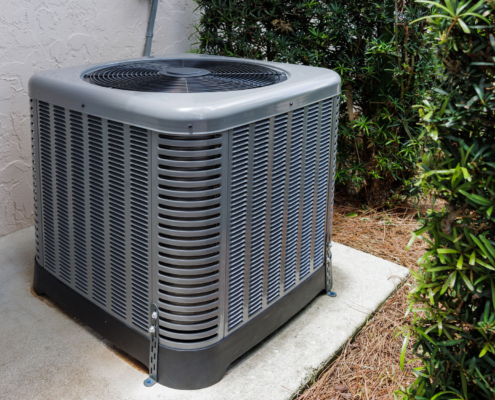If you’re still unsure whether the return is there, let’s walk through a hypothetical—but realistic—comparison between two homeowners.
Homeowner A is enrolled in a maintenance plan. Each year, their system is inspected before summer and winter. Filters are changed, refrigerant levels are checked, electrical components are tested, and small issues are resolved early. Over time, their system runs more efficiently, lasts longer, and experiences fewer surprises.
Homeowner B chooses to operate without a plan. They wait until something feels “off,” like warm air blowing during cooling season or unusual noises. By the time they call for service, the damage is already done. The repairs are more intensive, and they may even need temporary heating or cooling solutions during a multi-day repair window.
In most cases, Homeowner A ends up saving money long-term, not just on repairs, but also on energy bills. That’s because well-maintained systems have higher operational efficiency and use less energy to keep your home comfortable. Plus, the less quantifiable benefits—reliability, comfort, peace of mind—start to stack up in their favor.


